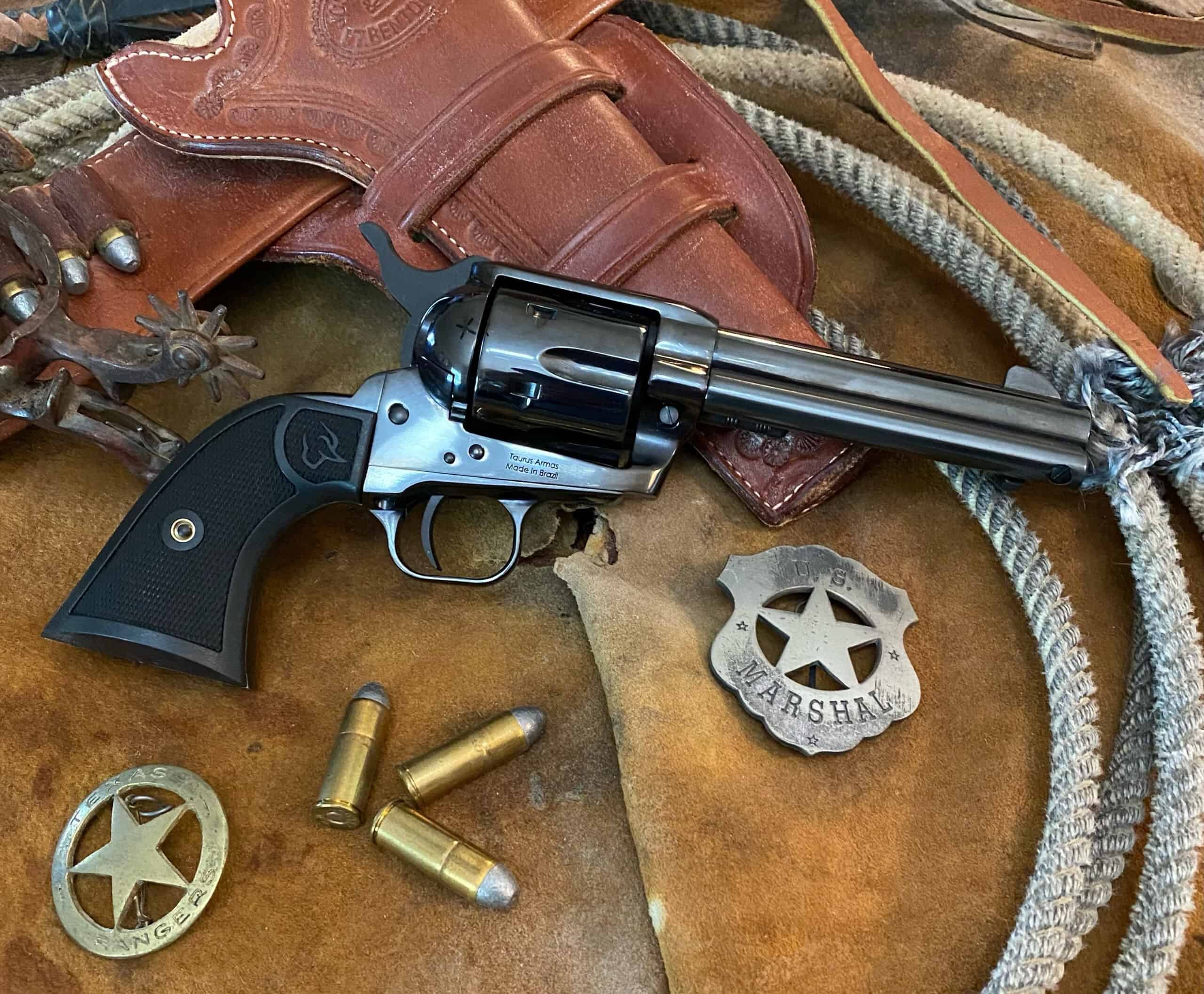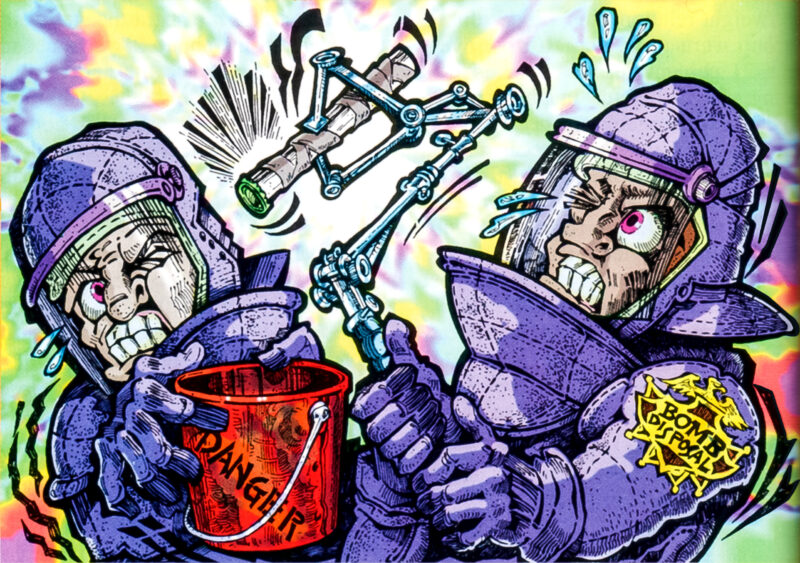Missing in Action
When USFA discontinued historic classics, we lost something special
During my college years I managed to buy three Colt SAA’s: one .45, one .357 Magnum and one .38 Special, which shows where my money was spent instead of partying. My affinity for the big single actions increased over time, as did my disappointment over their off-the-shelf quality.
Then at a SHOT Show in the 1990’s, I saw a booth of very nice single-action revolvers from a new outfit called US Patent Firearms. They were very nicely assembled from Italian parts, so I ordered one (.44-40) to have the serial number MLV1. Still, I wasn’t completely sold on them because of the foreign parts and let a friend have it.
A few years later at a SHOT Show it was revealed that US Firearms (name change there) had built a plant in America and all guns were built from scratch. Interest piqued, I ordered another .44-40. This time with serial number MLV2. It was an amazingly beautiful example of the revolver maker’s art. Grip frame and backstrap meshed perfectly with main frame, timing of cylinder was perfect and the hard rubber grips, besides fitting perfectly, were the proper dimensions for most people’s hands.
So I ordered engraved ones in .44-40 with MLV3 and YMV1 for serial numbers with 4-3/4- and 5-1/2-inch barrel lengths. The 5-1/2 YMV1 was for Yvonne. We couldn’t have been happier with them. Whereas every Colt SAA I had bought new for a couple of decades needed action smoothing before firing, these guns were just fine as received.
USFA had Doug Turnbull do his wonderful color case hardening on those, with the rest of the revolver blued. I don’t know where the nickel-plating was done but it was a fine job, too. Also available were both “Pre-War” versions with the transverse screw and spring holding the cylinder base pin or the upwards angled screw in front of the frame to hold base pin as was done from 1873 until gradually being phased out in the 1890’s. Those have gained the misnomer of “Black Powder Frame.” All of mine were the latter type.
Their single actions were “pricey,” so with an eye towards the cowboy action market they added a Rodeo Model. It was simply their ordinary single-action given a full matte-blue finish.
Being an ardent student of the US 7th Cavalry’s fight with Plains Indians, when USFA announced a Custer Battlefield Model to duplicate the one shown in the Little Bighorn Battlefield’s Museum, I jumped right on the bandwagon. In fact I even got serial number 1876. It wasn’t a commemorative but more a tribute—meant for shooting and enjoying.
There were other tributes to America’s military single actions. Whereas the Custer Battlefield Model had an antiqued finish, the Henry Nettleton Model looked like the Colt SAA’s sold to the US Army for about 20 years. Henry Nettleton was one of the Government’s inspectors whose initials were stamped on the guns he accepted for purchase. And there was a run of “Lend-Lease” single actions as tribute to the 161 Colt SAA’s bought by the British Purchasing Commission during their desperate time of 1940/1941. These revolvers were sold with dual .45 ACP/.45 Colt cylinders and were actually caliber stamped .45 AUTOMATIC. An added touch was a lanyard ring in the butt, most probably, because the Brits liked such things on their homemade revolvers.
After that, I went on my happy way singing and writing the praises of USFA’s single-actions and also their short-lived Colt Lightning and Model 1911, one of each which I had also added to my collection. (Rather stupidly I let a friend talk me out of both of those guns.)
Then one day, a few years back, I advised someone to check out USFA’s single-actions. They looked at me and said, as if to a very stupid child, “Don’t you know they quit making revolvers?” And indeed I was stupefied! How could they? They made the best. Their quality was renowned among single-action lovers. Then to add insult to injury the fellow said, “Check out their website if you don’t believe it. And besides now they are only making a really goofy-looking .22 rimfire pistol.” I did as the fellow suggested and was horrified. Their wonderful single actions were now history and, as said, the company was making a really silly .22 with the unfortunate name of “Zip Gun.”
To say I felt betrayed is an understatement. I had felt a loyalty to USFA because of their commitment to quality. When they made something, it was well done and historically correct. I wrote articles fairly urging people to buy their products. If they had just shut their doors due to financial constraints I would have been disappointed but would have at least understood the change. But to stop making such beautiful guns and begin making something I wouldn’t own if given to me, actually made me feel betrayed.
So now, if I see a USFA gun—whether Lightning Rifle, Model 1911 or single-action of any version—if I can afford it, I buy it.





